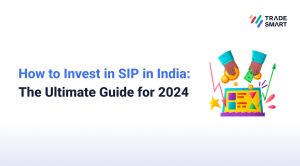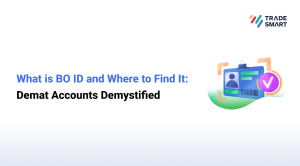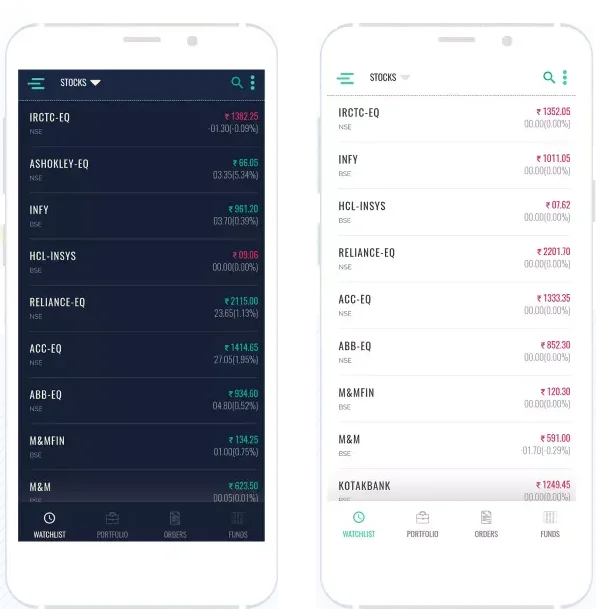
Capital markets regulator Securities & Exchange Board of India (SEBI) has reportedly put a temporarily on hold initial public offerings (IPOs) until the current framework for the public issues with regards to the applicants in the institutional and high net worth individuals’ categories is rectified.
The move comes on the back of severe concerns raised by market intermediaries that the current IPO process allows applicants in the non-institutional investors (NII) and qualified institutional buyers (QIB) categories to put in bids only to get rejected later because of lack of funds.
According to media reports, the industry body of merchant bankers the Association of Investment Bankers of India (AIBI) has communicated to its members that SEBI has informed that no further IPOs will be allowed till this issue is “fixed and resolved”.
As per the regulator, it was seen in the recent IPOs that the bids in the categories of non-institutional investors (NII) and qualified institutional buyers (QIB) mostly come on the last day (T), while the funds are received on the next day (T+1) or even on the second day (T+2) in some cases.
Further, as the funds are not blocked in the bank and the applications fall in the ‘bidded but not banked’ category, many applications in these categories get rejected.
According to officials, these bids are placed just to push up the oversubscription numbers without a genuine intent to apply for the shares in the IPO by the applicant, reports added.
To discuss the matter, the regulator SEBI is expected to soon call a meeting of all stakeholders including merchant bankers and registrars.
Reports also stated that the issue was raised by market intermediaries with the government. They have requested the officials of the Department of Public Asset Management (DIPAM) to fix the issue immediately as a section of investors were “gaming” the system.
DIPAM then conveyed the concerns to the market watchdog SEBI, which then informed the industry body AIBI that no further IPOs would be allowed till the issue is resolved.
FAQs
What are the different types of investors in an IPO?
There are different categories of IPO investors. A reserved quota or percentage of shares is fixed for each category. These include Retail Individual Investors (RII), Non-institutional bidders (NII), Qualified Institutional Bidders (QIB), Foreign Institutional Investors (FII) and Anchor Investors.
Who is a Qualified Institutional Buyer (QIB)?
Qualified Institutional Buyers are institutional investors with expertise and financial muscle to invest in the capital markets carefully and strategically. 50% of the total offer is reserved for this category and SEBI registration is required to bid under this category.
QIBs include public financial institutions, banks, mutual funds, foreign institutional investors registered with SEBI, venture capital funds, state industrial development corporations, Provident Funds and Pension Funds with a minimum corpus of Rs 25 crore each, insurance companies, etc.
Who are Non-Institutional Investors (NII)?
Non-institutional investors are those who want to apply for an IPO for shares more than Rs 2 lakh. They do not have to register with SEBI and have a minimum of 15% shares on the offer reserved for them. They are not entitled to bid at the cut-off price.
How to Apply For IPO Through UPI?
Step 1: Login to your online account with the broker. Select the IPO name from the current IPO list.
Step 2: Enter the lot size you want to bid for and the bid price.
Step 3: Type your UPI ID and hit the submit button.
Step 4: Approve the transaction on your UPI app.
You will receive the mandate notification in the UPI app. Accept the mandate and the application money will remain blocked until the IPO allotment date. You will receive an SMS from the exchange confirming your application.












[…] SEBI Pauses IPO and holds ongoing IPO as there has been a loop hole in the bidding system. Visit TradeSmart and get to know why SEBI has paused IPO until bidding system gets corrected. […]
[…] Source link […]
[…] Source link […]
[…] READ MORE […]
[…] Fuente […]